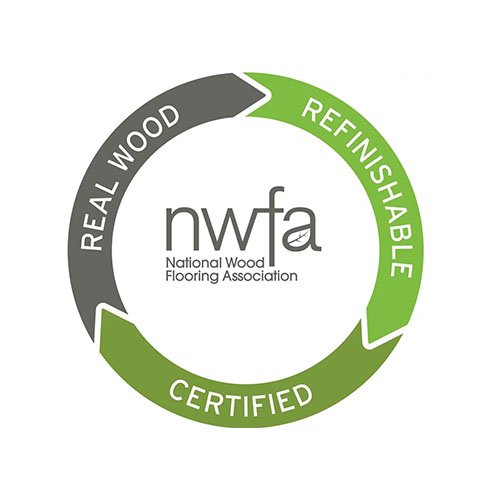When it comes to what grade sandpaper for cabinets, there’s no room for guesswork. As a Professional Painter specializing in Cabinet Painting, I’ve had the privilege of working on numerous cabinet projects, and I can attest to the fact that selecting the right sandpaper grit is a crucial step in achieving flawless cabinet finishes. In this comprehensive guide, tailored for woodworking communities, interior designers, and painters alike, I will walk you through the 10 essential steps to ensure that your cabinets receive the attention they deserve.
Step-by-Step Guide on What Grade Sandpaper for Cabinet Finishes
Step 1: Assess Your Cabinets
Before diving into sandpaper selection, take a moment to assess the current condition of your cabinets. Are they brand new, in need of minor touch-ups, or undergoing a complete makeover? Understanding the starting point will guide you in choosing the appropriate sandpaper for cabinets. For instance, if your cabinets have minor imperfections, you might opt for a finer grit to maintain the existing finish while addressing those flaws.
Step 2: Gather Your Materials
Preparation is key to any successful project. Ensure you have all the necessary materials on hand, including sandpaper of various grits, safety gear, such as goggles and a dust mask, and other tools like a sanding block. As an expert, I recommend sourcing high-quality sandpaper for cabinets to achieve the best results.
Step 3: Understand Sandpaper Grits
Understanding sandpaper grits is fundamental to making informed choices. Grits range from coarse to fine, with lower numbers indicating coarser grits. For cabinets, you’ll typically work with grits in the range of 80 to 320. Coarser grits remove material faster but leave a rougher surface, while finer grits smooth and polish. Knowing when to transition between grits is key to achieving the perfect finish.
On one project, I had to rescue a client’s cabinets after they attempted to start with a grit that was far too fine. The result was uneven and disappointing. It serves as a reminder that knowing your grits is crucial.
Step 4: Determine the Initial Grit
Choosing the right starting grit depends on your cabinet’s condition. If you’re dealing with cabinets in relatively good shape, you may start with a finer grit, such as 120 or 150. However, for cabinets with noticeable imperfections or rough surfaces, you’ll want to begin with a coarser grit, like 80 or 100, to level them out.
Step 5: Sanding Technique
Proper sanding technique is essential for achieving consistent results. Always use even strokes and consistent pressure, moving with the grain of the wood when possible. This ensures a uniform finish and minimizes the risk of creating uneven spots.
Step 6: Inspect Your Progress
As you sand, be sure to inspect your progress regularly. This allows you to identify areas that may need more attention and ensures an even, consistent finish. Don’t rush through this step; it can make a significant difference in the final result.
Step 7: Transitioning to a Finer Grit
Once you’ve completed initial sanding, it’s time to transition to a finer grit. Gradually move to higher grits, such as 180 or 220, to refine the surface. Each step brings you closer to achieving that smooth and flawless cabinet finish.
Step 8: Achieving a Smooth Finish
To achieve a truly smooth finish, pay attention to your sanding angles and adjust your pressure and technique as needed. This step requires precision and finesse, but the results are worth it.
I once worked on a project where the cabinets looked fantastic from a distance, but upon closer inspection, the finish was less than perfect. It turned out that the final sanding step was rushed, highlighting the importance of patience and attention to detail.
Step 9: Dust Removal and Surface Prep
After sanding, thorough dust removal is crucial. Clean the cabinet surface meticulously to eliminate any dust particles. A clean surface is essential for achieving a flawless finish when you apply paint or varnish.
Step 10: Finish with Finesse
The final step in the cabinet finishing process is selecting the right finishing products. Whether you’re applying paint, varnish, or another type of finish, choose high-quality materials that align with your desired outcome. Take your time and apply the finish with care.
Crafting Cabinet Masterpieces: Your Sandpaper Journey Begins!
Achieving impeccable cabinet finishes begins with understanding what grade sandpaper for cabinets is suitable for your project. By following these ten steps and taking your time, you can transform your cabinets into stunning focal points in any room. Remember that the right sandpaper grit, proper technique, and attention to detail are key.
At Ulta Home Improvements, we take pride in our commitment to delivering the best painting services for homeowners and business owners in Newton, Wellesley, Natick, and other surrounding areas in Greater Boston & Metro West. As expert painters, we understand the importance of precision and care in every project. Contact us at 978-481-4119 for a free estimate, and let us transform your space into something truly extraordinary. Your cabinets deserve nothing less.








